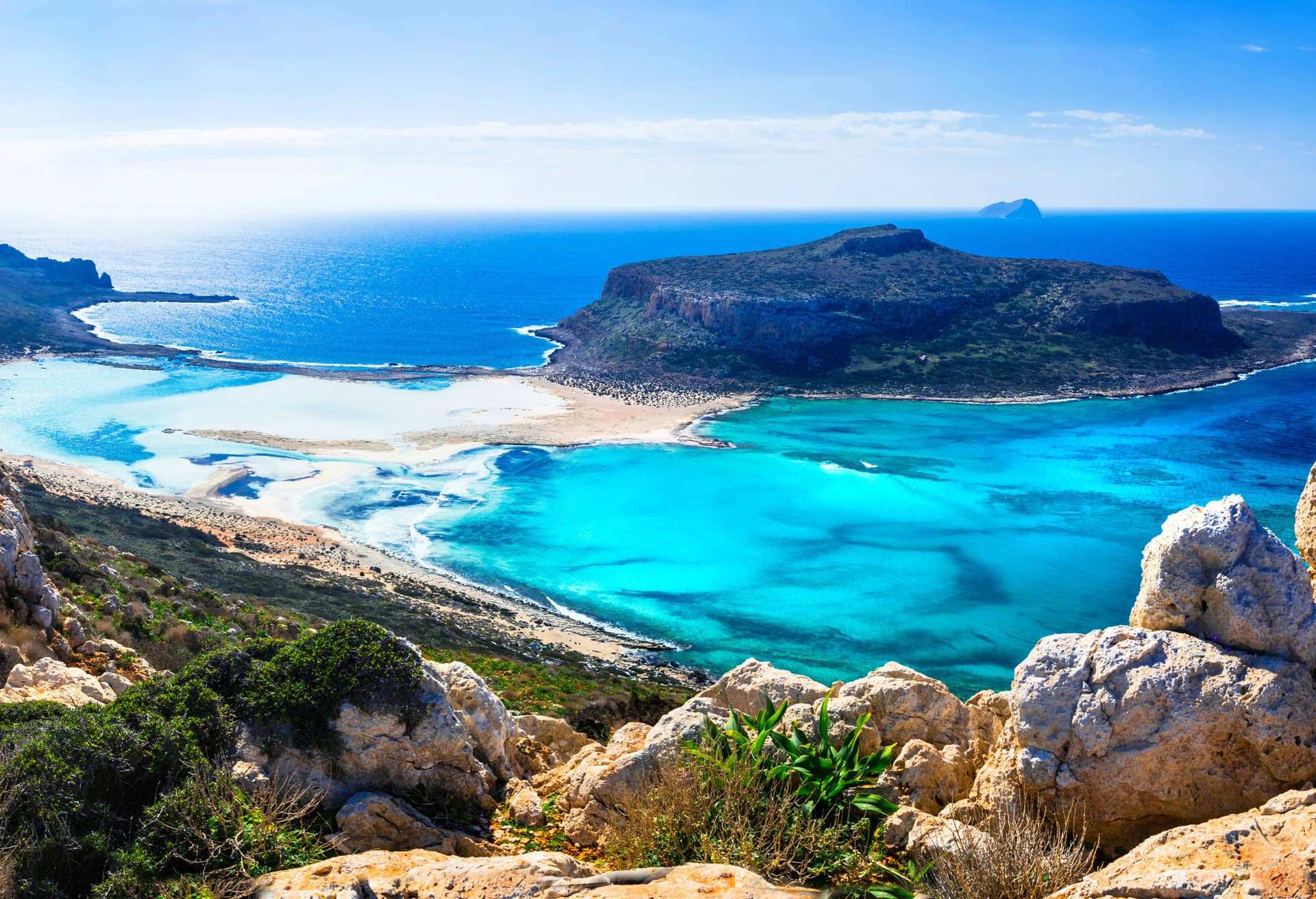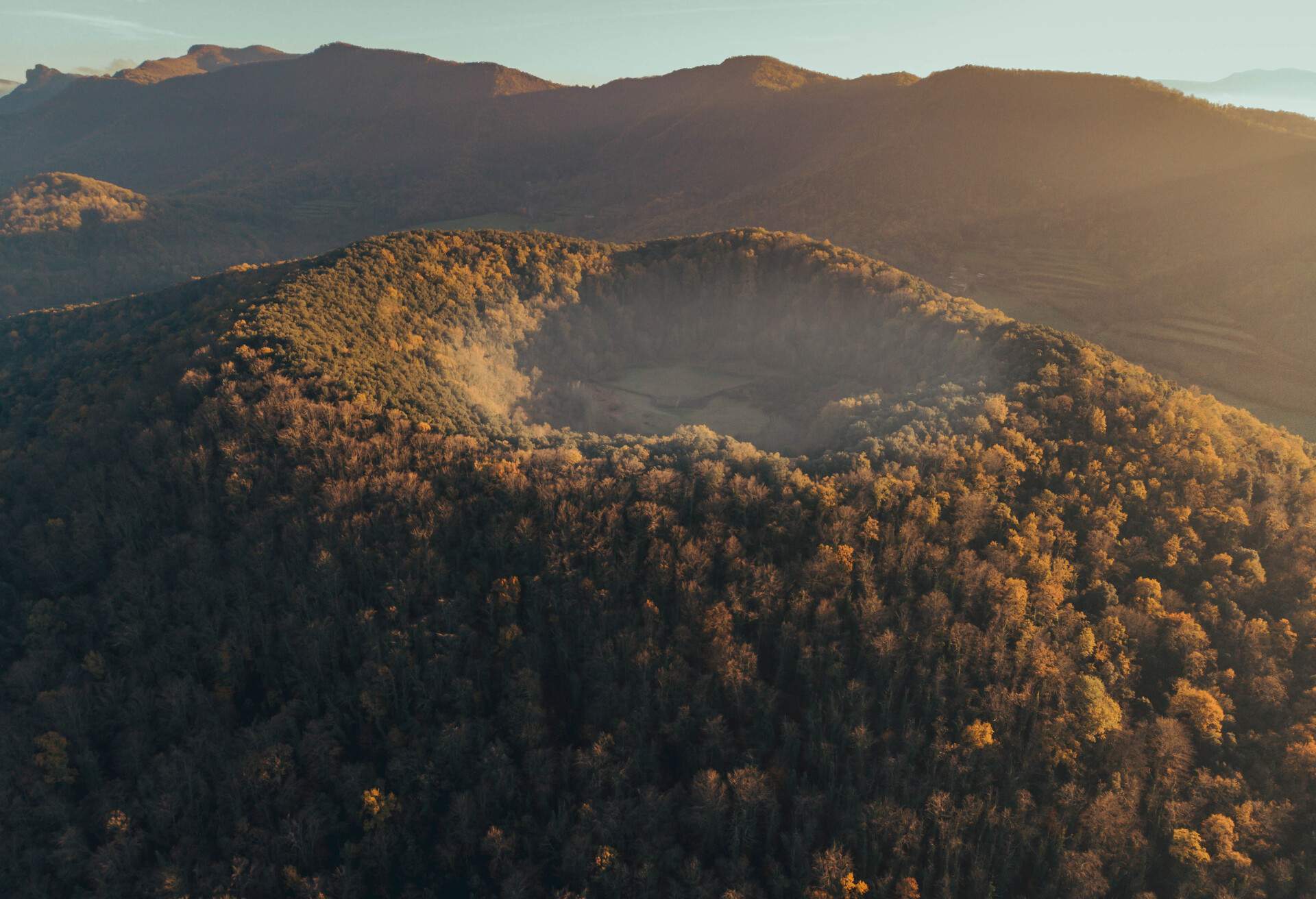Take in the remarkable deserts in Europe and enjoy a unique holiday experience that will stay in your memory for years to come. The perfect escape for hikers, photographers, and explorers, the arid and barren areas of Europe offer unique scenery unlike anywhere else on the continent. Find out where the deserts are located and our tips and tricks on how to visit them, by reading on.
Best deserts in Europe
When reading about deserts in Europe, you’d be forgiven for thinking you’ve stumbled across a fictional storybook. However, there is a range of deserts in Europe that are breathtaking places to visit. From the north of Europe to the south, and from the east to the west, you’ll find a variety of dry, arid regions that have beauty in abundance. Check out our list of European deserts below and get set for your next trip.
Bledow Desert, Poland
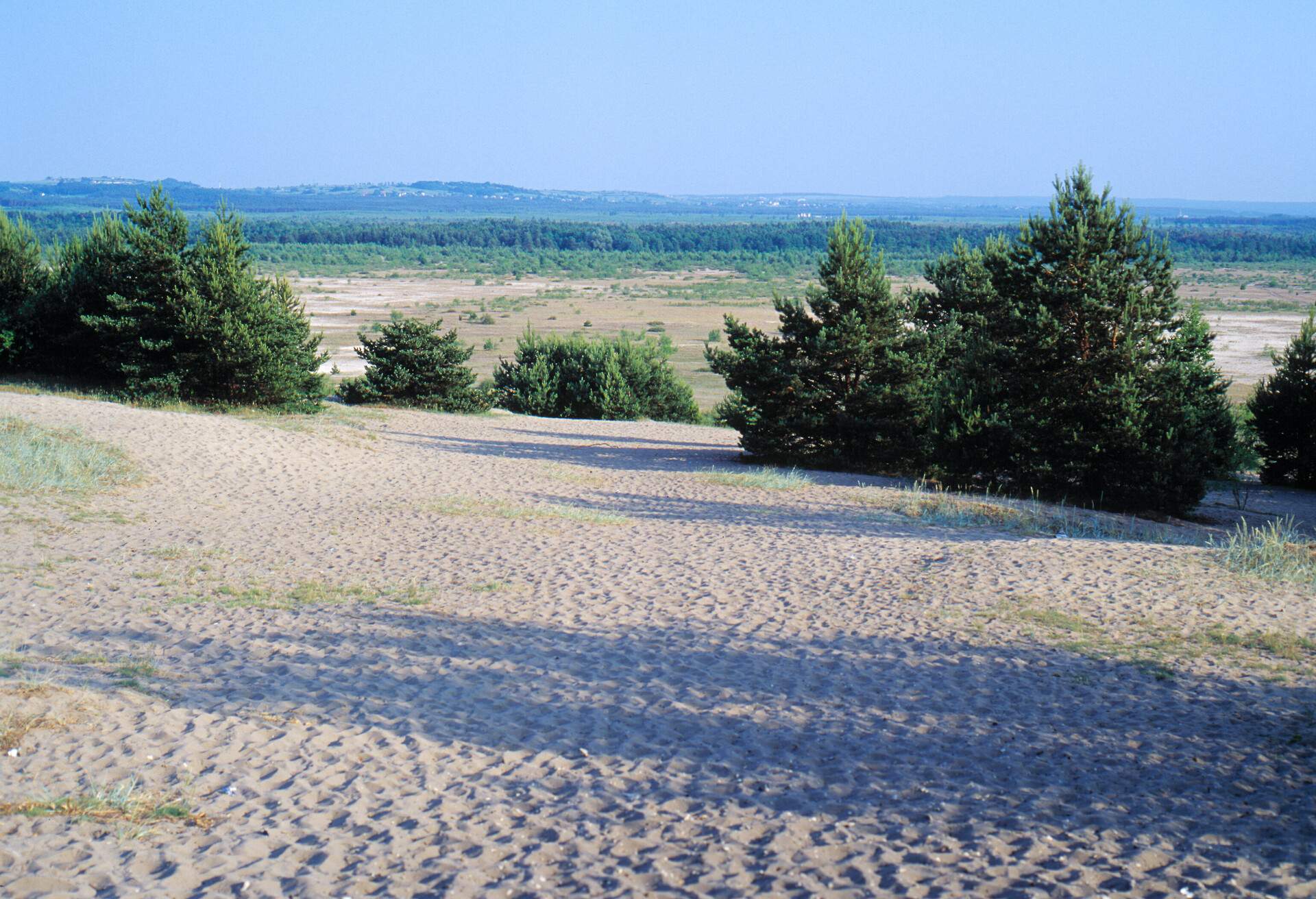
When you think of Poland, it’s more common to associate it with snow-touched cities in the winter, glittering lakes, and vast forests. However, one of the deserts in Europe that’s made our list is situated right in the south of the country, close to famous cities like Krakow and Katowice. The desert’s origins are both natural and artificial, with coincidence playing a significant role in its formation.
Deforestation in the region that was once covered by trees and other flora, alongside mining that lowered the groundwater level, made it hard for plants to survive. This human interference revealed a melting glacier, which had trapped layers of sand underground for millions of years – this led to the Bledow Desert’s existence. Over the years, signs of plant life have started to come back, leading to the land intentionally being made infertile so the popular tourist hotspot could be preserved.
Compared to the rest of the country, the Bledow Desert stands out like a sore thumb, with the barren and arid land being extremely different from the rest of the country. As early as the 1900s, visitors were so shocked by the desert that they refused to believe it was there and considered it a mirage, or even the work of the devil. You can reach Bledow Desert easily, with it taking around 40min from Katowice and around 1h 10min from Krakow. You’ll probably find it more comfortable to visit during the warmer months of the year, with the Polish winter often being very cold.
Deliblato Sands, Serbia
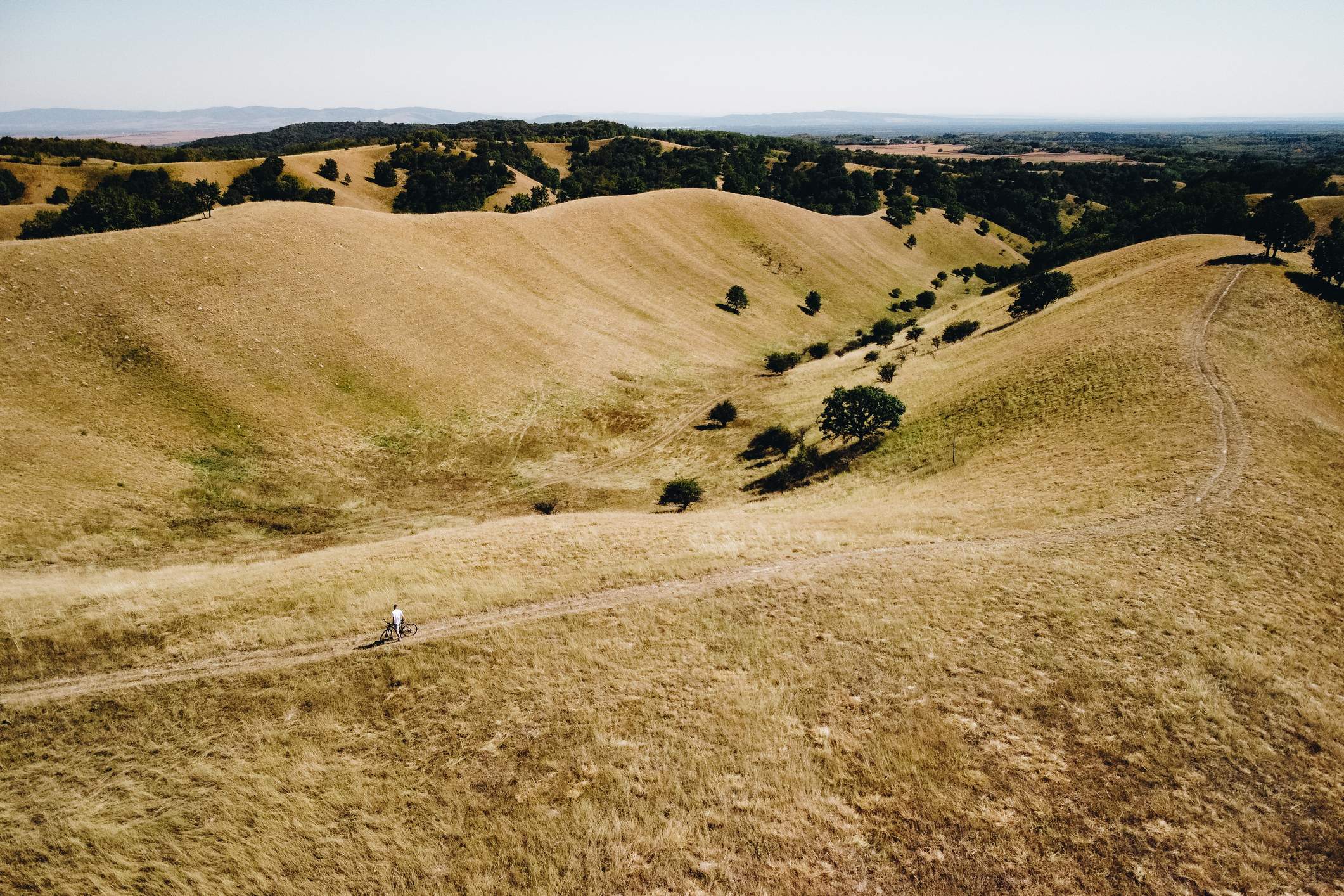
Down in the Balkans, you’ll find another of the rare deserts in Europe. The Deliblato Sands, in Serbia, is a special nature reserve that’s home to a thriving ecosystem. Considered one of the largest sandy terrains in Europe, it’s located close to the Romanian border, next to the town of Deliblato. A geo-morphological formation of aeolian origin, it was created during the ice age when vast amounts of aeolian silicate and carbonate sands came together.
Inside the vast and hilly sands, you’ll find acacia and pine forests that are home to a range of species, such as pygmy cormorants and migrating birds. Add resident wolves and imperial eagles, and you’ve got a desert with an abundance of life. It’s not just animal life that flourishes here, with there being more than 900 species of plants, such as orchids, which create a beautifully picturesque landscape.
You can travel to the Deliblato Sands easily, with Belgrade being around 1h 40min away by car. Whilst you can visit throughout the year, you might find the winter months too cold and snowy, so we’d recommend visiting between spring and autumn.
Tabernas Desert, Spain
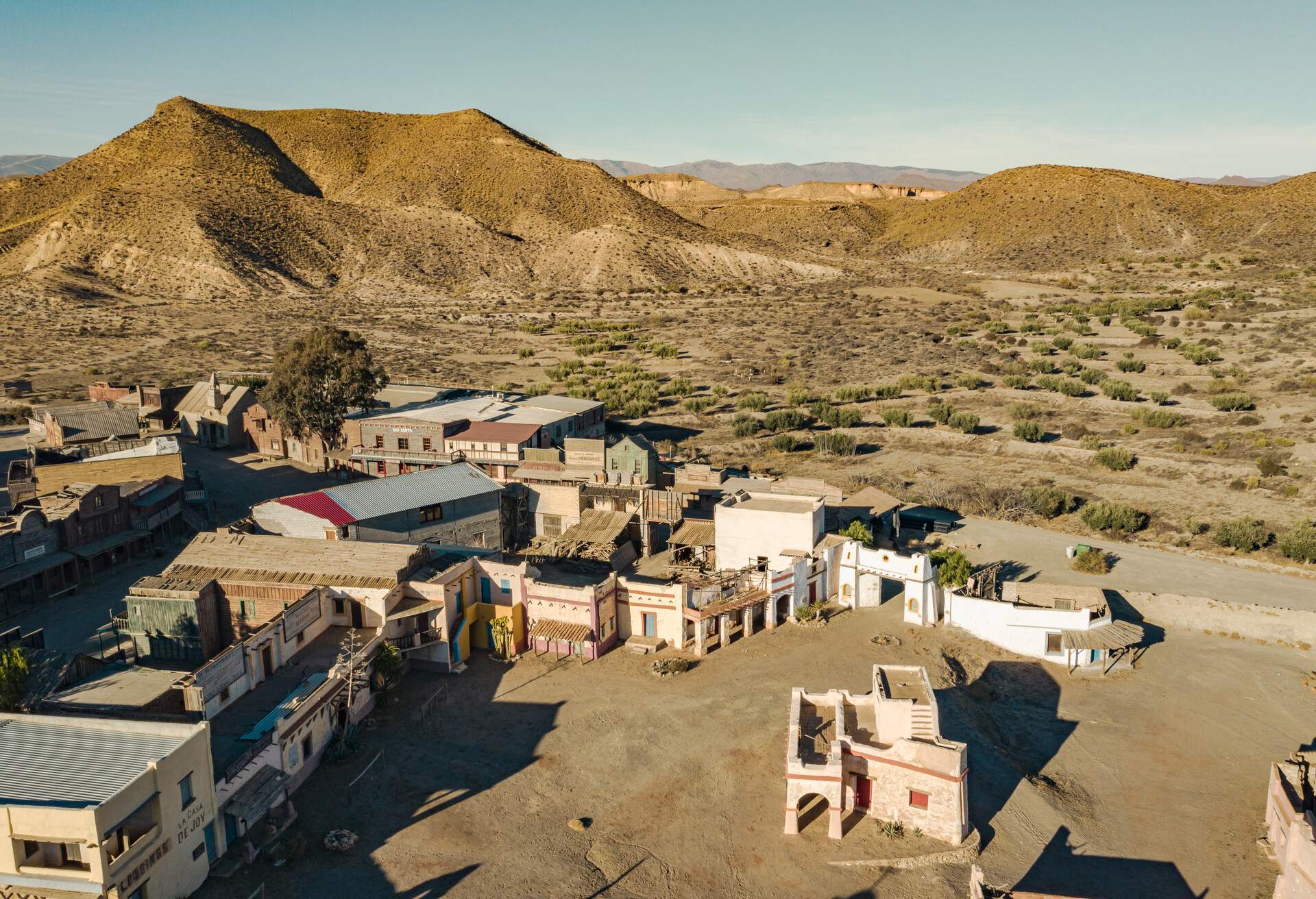
Perhaps one of the countries where you might expect to find a European desert, Spain doesn’t disappoint. Boasting the Tabernas Desert, which is a rugged, arid and sun-scorched area of land, it’s a favourite amongst Hollywood producers who want some striking scenery to add to their set. There are many Western-style villages in the desert, too, which welcome visitors throughout the year. Located in the south of the country, above Almeria, it’s a great place to visit if you’re looking for something less traditional for your holiday.
The desert exists thanks to its geographical make-up, which was created on the seabed millions of years ago. With it being surrounded by mountains, the desert has benefited from its own natural barrier from the elements. These mountain ranges have acted as a shield to the desert over the years, stopping humid air from the Mediterranean from reaching the arid area. You can get to this desert in Europe in about 35min by car from Almeria.
The spectacular scenery, which consists of sandstone and mudstone hills, is the ideal place for hikers to enjoy one of Europe’s lesser-known natural phenomena. If you’re a relatively new hiker, then a walking tour can be a great idea so you don’t have the worry of which turn to take. A trip to the nearby town of Tabernas is a great idea for those looking to refuel, with there being restaurants and a supermarket for you to visit, whilst anyone interested in animal history will love fossil hunting whilst exploring the desert.
Accona Desert, Italy
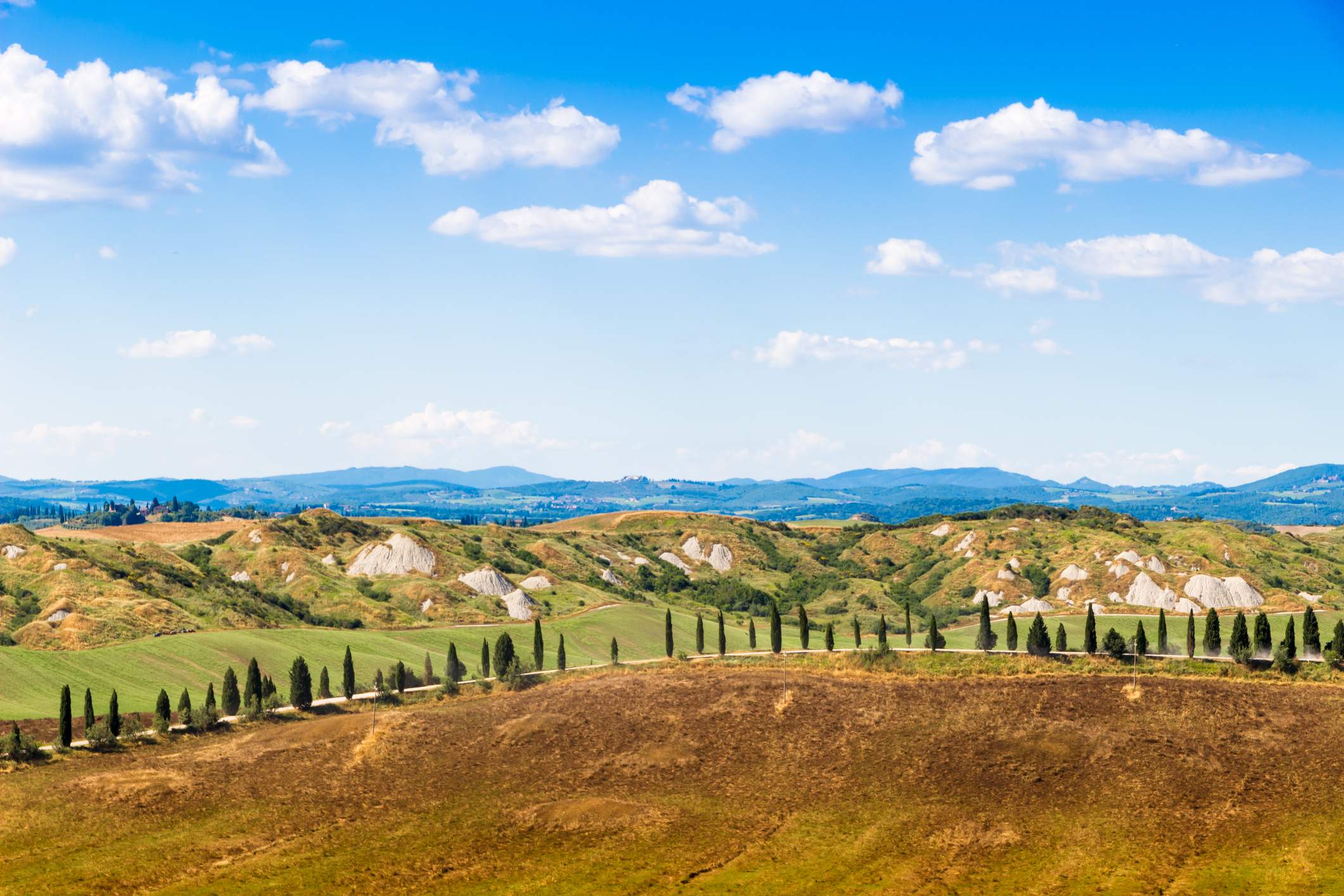
Across the other side of the Mediterranean, in Italy, is another of the deserts in Europe, which should be included in everyone’s Italian itinerary. The Accona Desert, which is located in the Tuscany countryside just south of Siena, is a beautiful place to visit for some peace and tranquillity. With the origins of the desert’s formation dating back around five million years, when the region was underwater (which has since been termed the Tyrrhenian Sea), the desert is steeped in history. Thanks to the minerals and clay that were layered on the seabed, the desert was formed and is now a very popular tourist attraction in the region.
Even though the land is barren and arid, farmers have managed to grow wheat and sunflowers in the ground. This makes a spring or summer stroll even more striking. To get to the desert from Siena, you can either drive for about 50min or take a train to nearby Asciano, from where you can get a bus the rest of the way. On average, public transport takes about 1h 20min. For a great view across the desert, take a trip to the Abbey of Monte Oliveto Maggiore, where you can enjoy fine vistas.
Highlands of Iceland
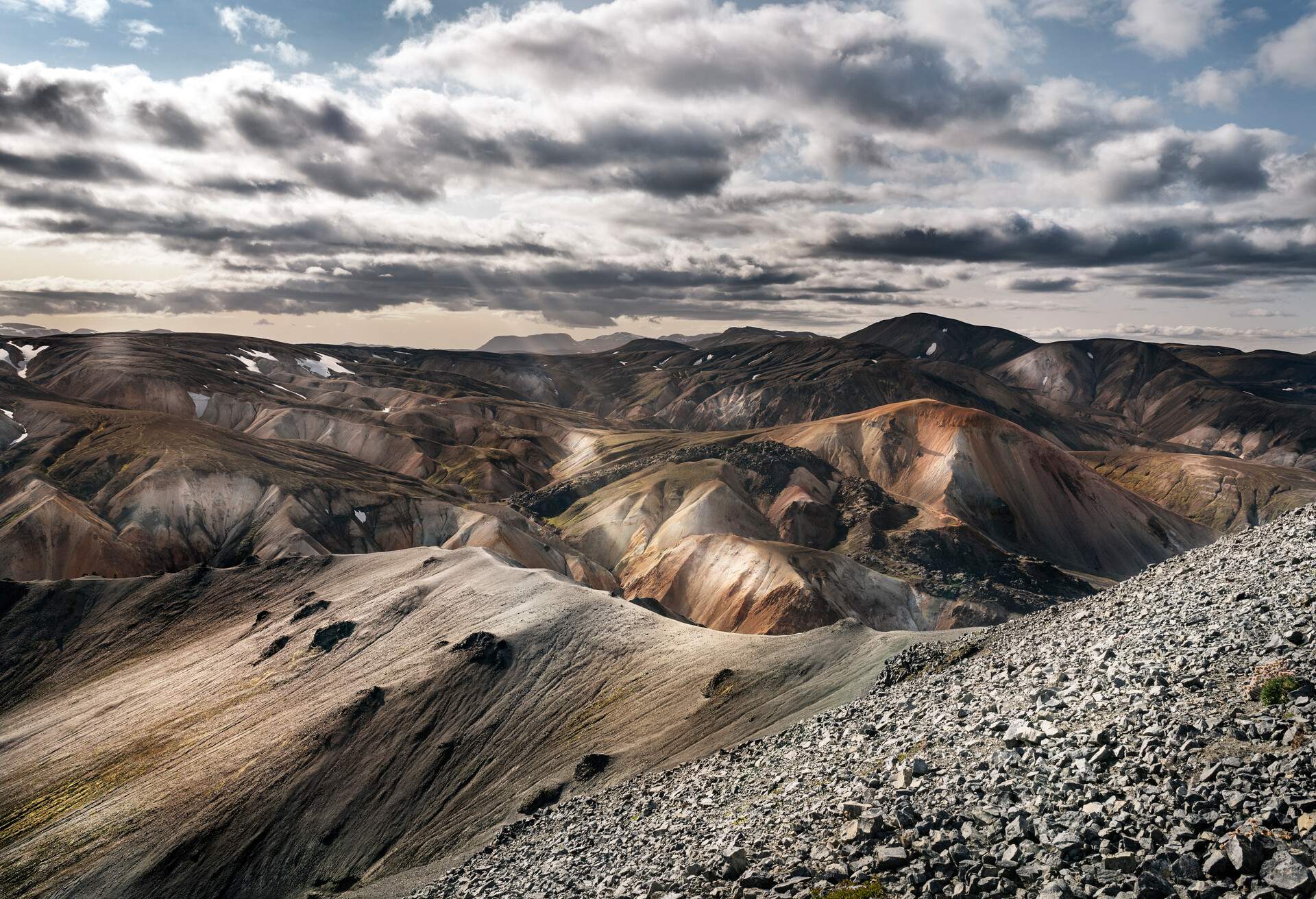
Last but certainly not least in our list of deserts in Europe is the Highlands of Iceland. A country where snow and ice are far more common than sun and sand, this isn’t your archetypal type of desert. As the name suggests, the Highlands of Iceland area is the highest in the country, but because of water being unable to settle on the land, there is no possibility for vegetation to grow. This leaves the area as a volcanic desert that offers out-of-this-world views, which you won’t tire of looking at.
Located in the heart of Iceland, the Highlands offer the perfect place for adventure-hungry visitors to visit.
From hiking in the mountains to snowmobiling on glaciers to getting up close and personal to active volcanoes, there’s something for everyone. You can get to the Highlands of Iceland from all over the country; with Route 1 encircling the mountainous region, you can reach it from all angles.
We’d recommend taking a tour into the volcanic desert, with there being lots of tour companies offering great adventures. However, if you have your heart set on some solo exploring, you’ll need to hire a 4X4 vehicle to tackle the unpaved F-roads with ease.



